Skip to content
- The morning begins in ancient Alba Iulia, since the elusive bus travels here for 2½ hours, the trains even longer, and one still has to look around.
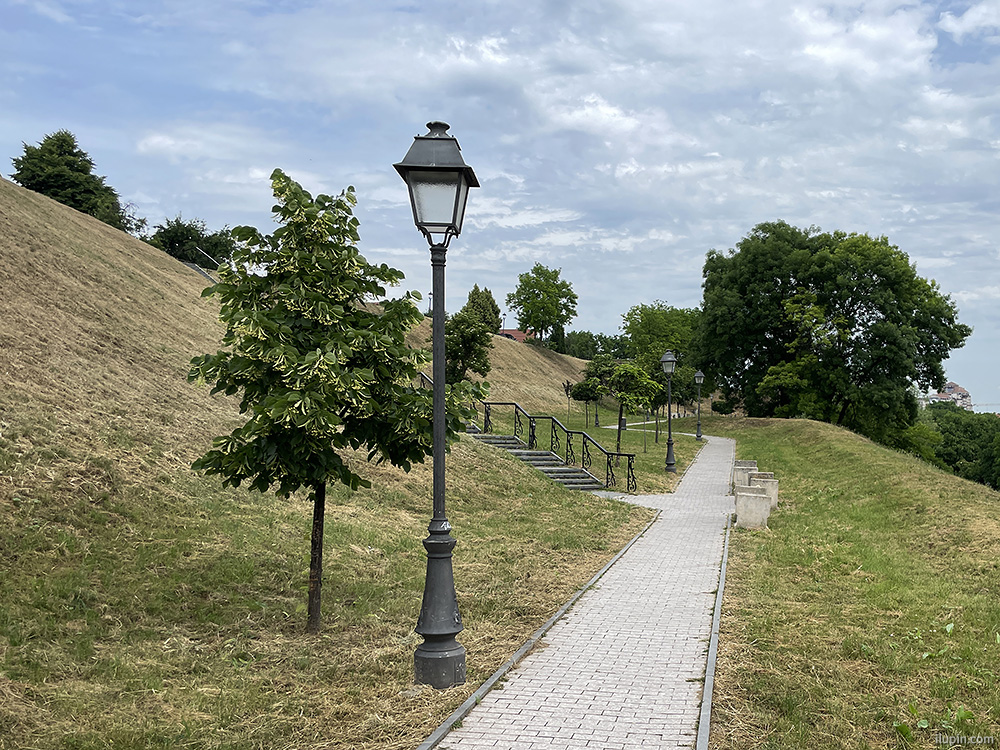
- Another 1988 remake in honour of the same Michael the Brave, who was proclaimed governor of Transylvania here in 1599.
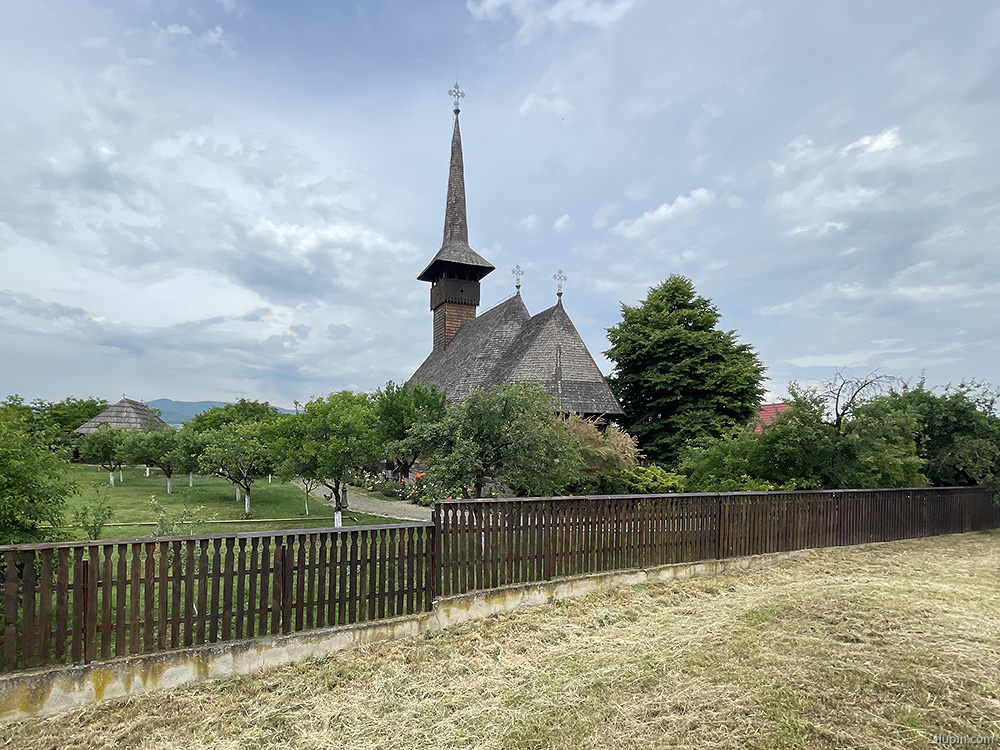
- Natural economy.
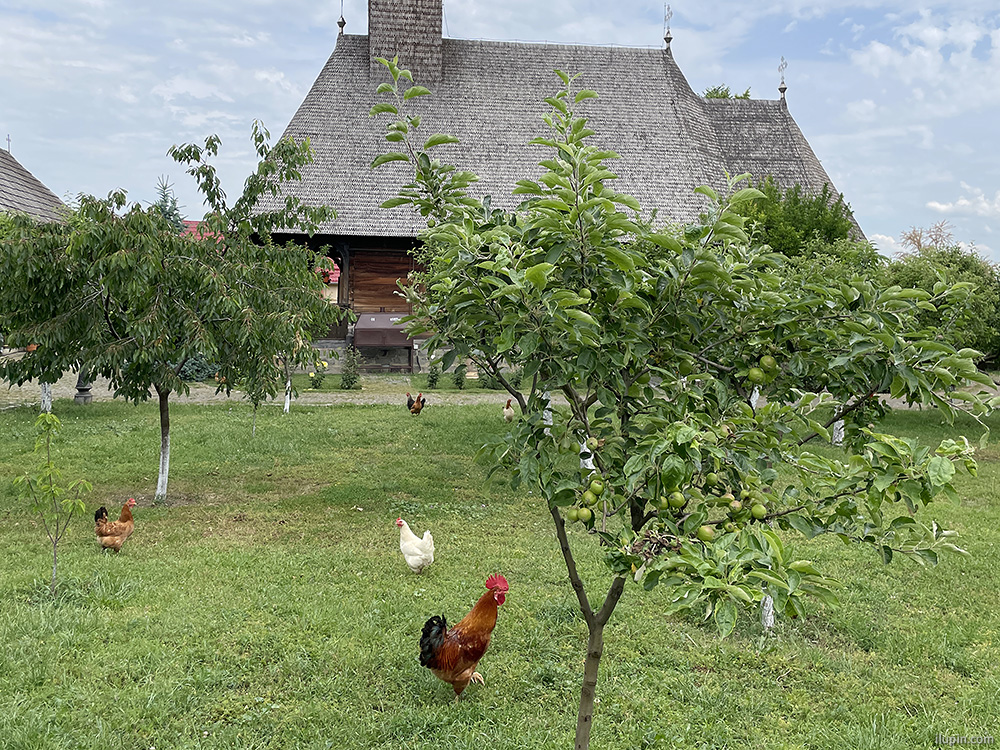
- Obelisk in honour of Horea, Cloșca and Crișan, heroes of the Peasants’ Revolt of 1784.

- The second gate of the Alba Carolina Citadel (they are actually numbered).
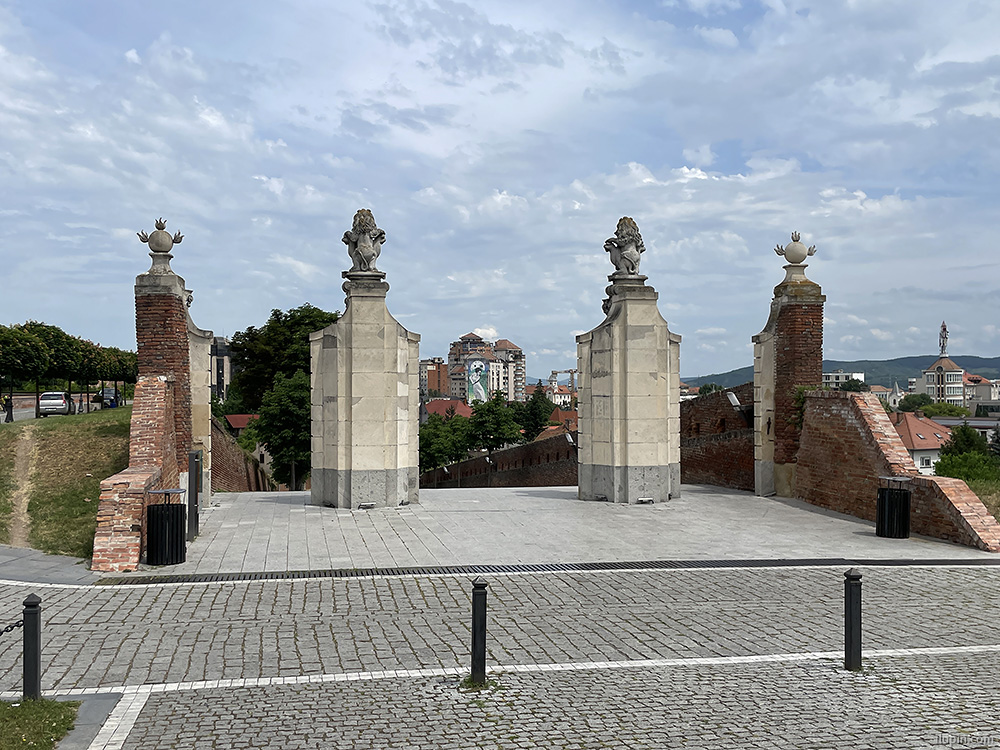
- Mother Nature stands over the polluted city (half hidden by trees). Air-purifying eco-mural by Laurenţiu Alexandrescu aka Irlo.
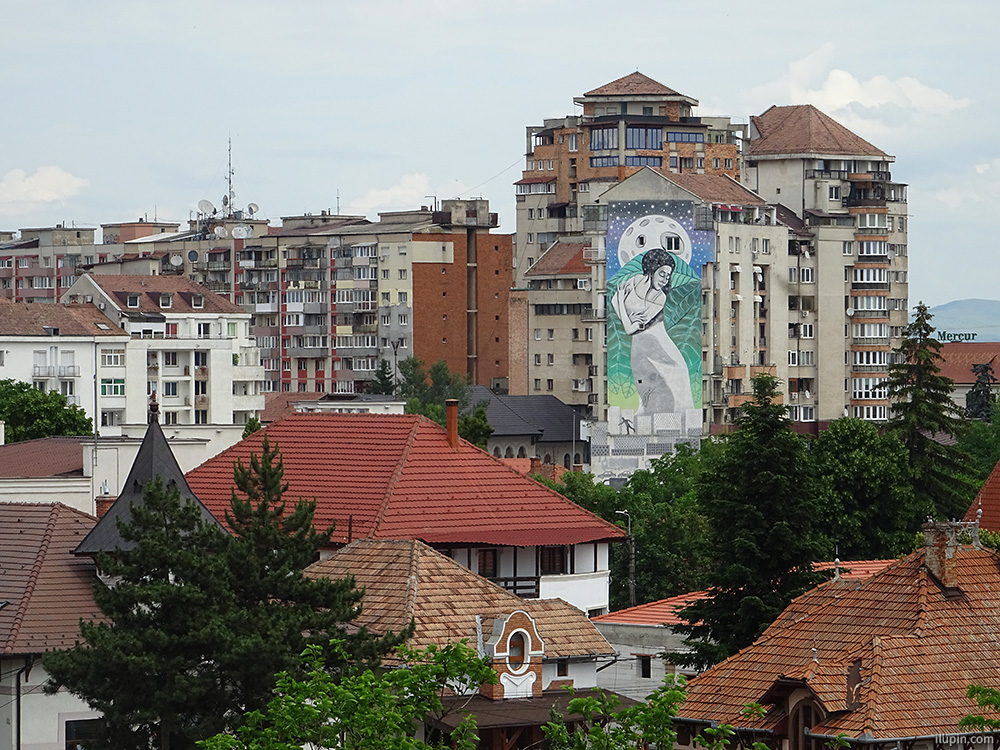
- Nature takes its toll.

- Exhibition of paintings near the Cultural Centre of Augustin Bena (composer, conductor, priest and teacher).

- Lutheran Church and furniture factory.

- The bunny won’t ride just anything.

- Be like the bunny.

- A bridge over a ditch near the outer fortress wall.

- An intricate system of locks in the inner gallery of the outer wall.

- Between the walls, there’s now quite a vast and landscaped space. Japanese garden, for example.

- The inner wall was crumbling a little to make the tree more comfortable.

- Music studio of a Romanian folk group in the inner wall. I told them about the Nights of Fourvière, they promised to dare.

- A proud giraffe near a discreet restaurant inside the citadel (almost the only one, since they’re mostly on the walls and in new blocks).

- Correctly turned Buddhists.

- Alert kitty.

- Orthodox Cathedral of St. Trinity, built in 1922 specifically for the coronation of Marie and Ferdinand.
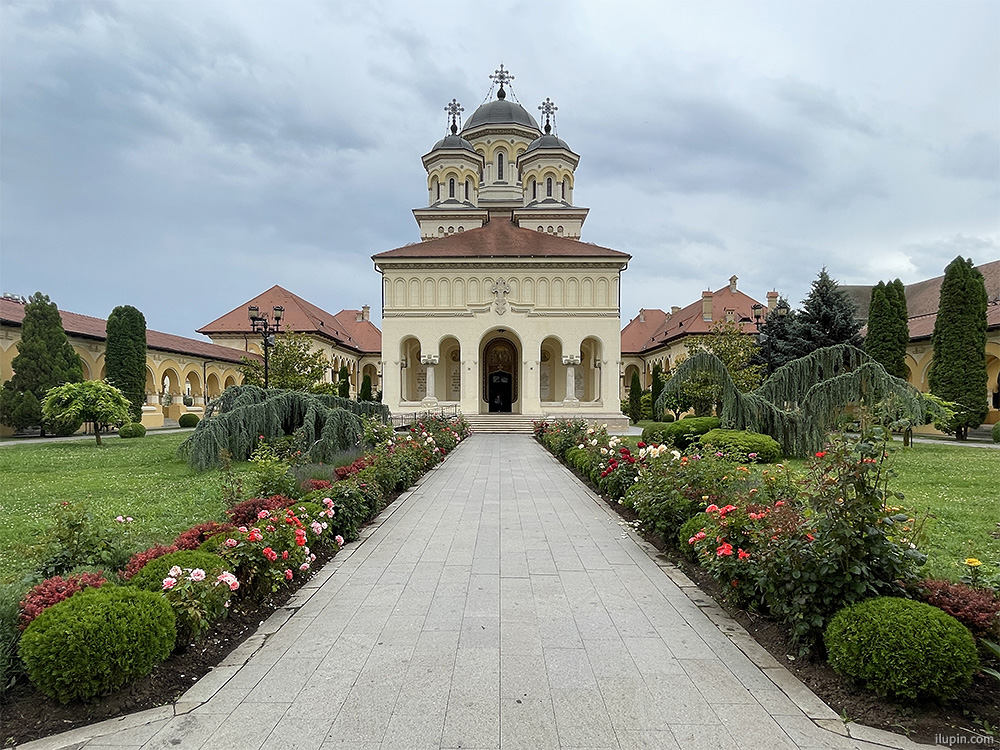
- Outside view. Part of the outer wall (I’m standing on it), bridges over the ditch, inner wall and two cathedrals behind it.

- Gate locking mechanism. It looks impressive and sometimes even works.

- St. Michael’s Cathedral of the 13th century, the oldest Catholic church in the country. The bronze sentry on the right guards the gate.

- Catholic education lessons near the cathedral.

- Buy flowers, good Sirs! The lively and varied bronze figures of Ștefan Bințințan are the hallmark of Alba Iulia.

- The Bell of Bințințan commemorates the Great Union of 1918, when Hungarian Transylvania became part of the Romanian Kingdom.

- Another Bințințan’ sentry (they’re watching all the main gates), also with a bitten bayonet.
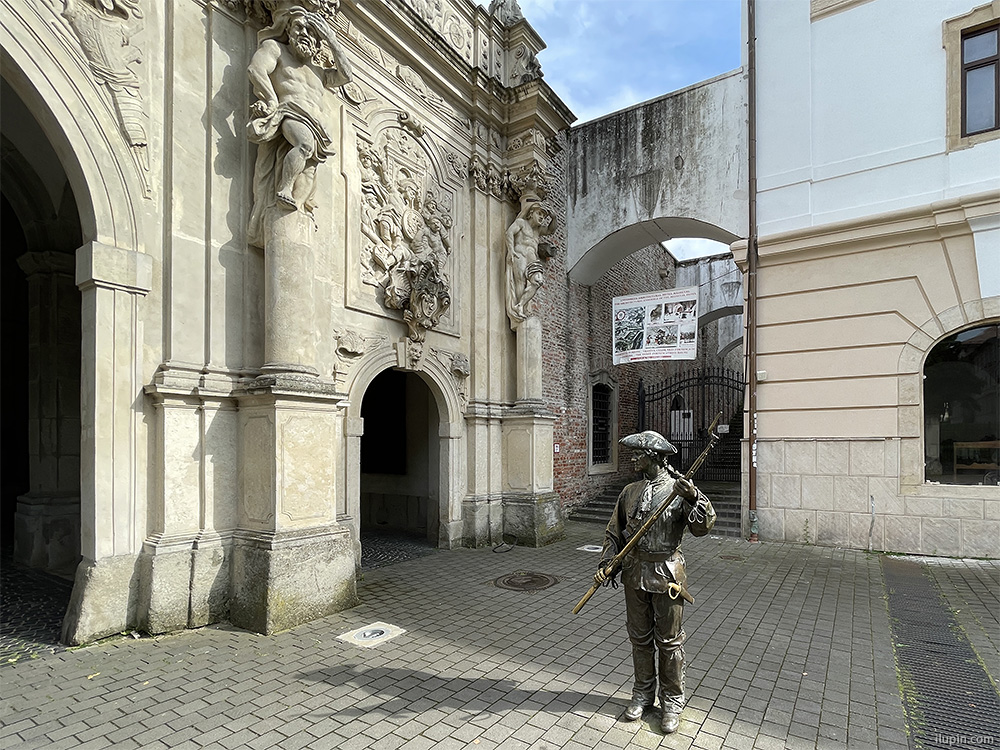
- The third (first in beauty) gate of the fortress. Famous for the night illumination, the guard shift and Horea’s cell, where he waited to be wheeled.
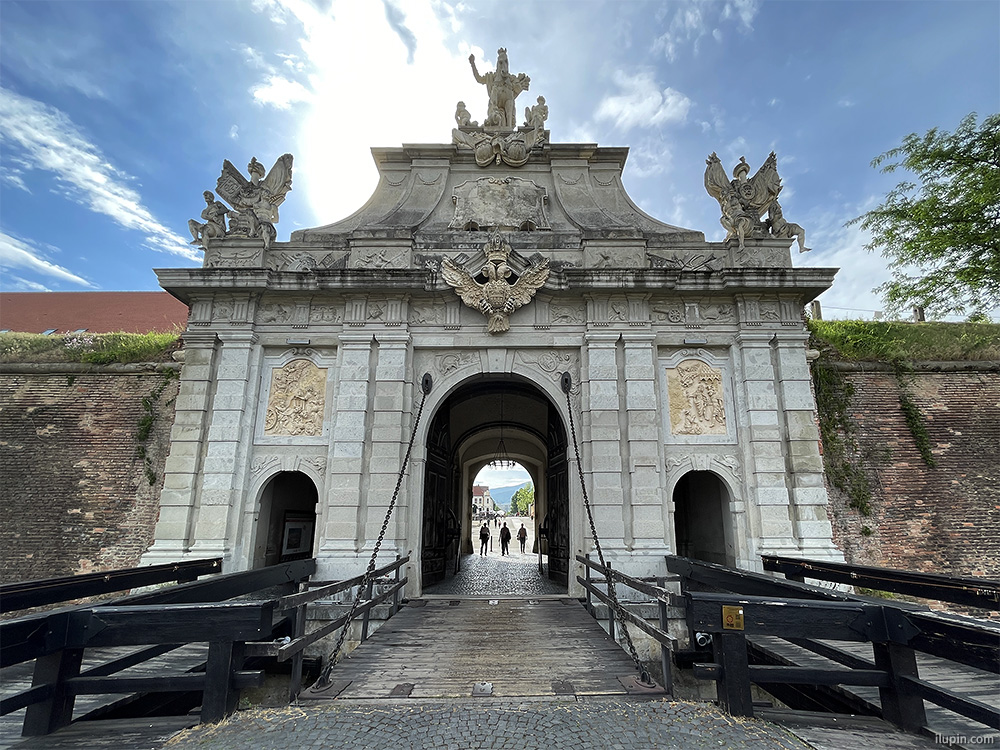
- Upon completion of the expensive work, Charles VI was told that all these walls were no obstacle to new cannons. “At least let it be beautiful!”
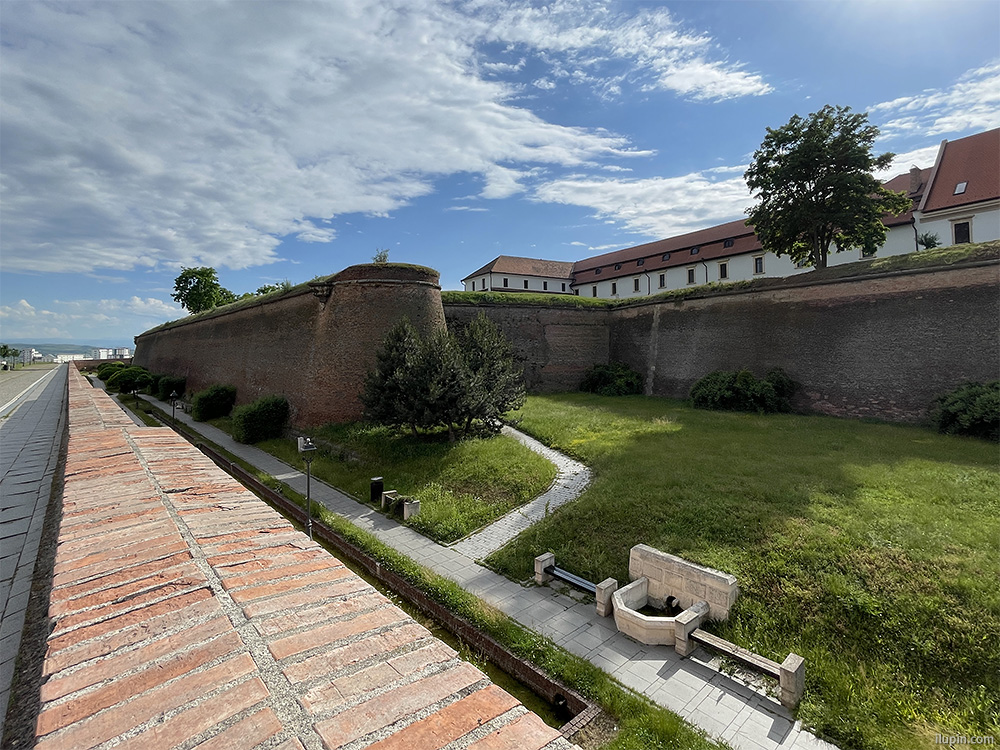
- Let it be beautiful.































